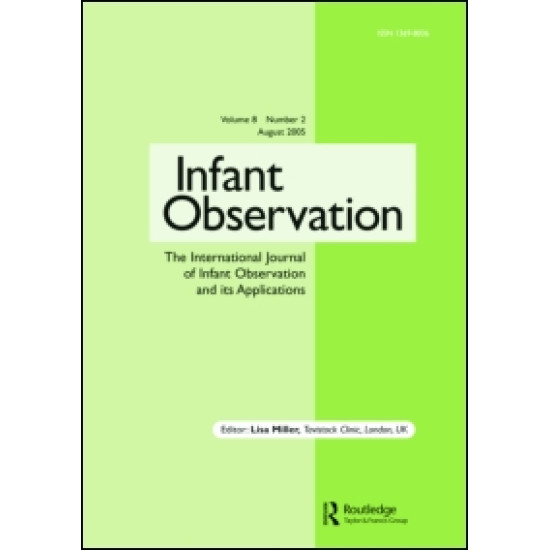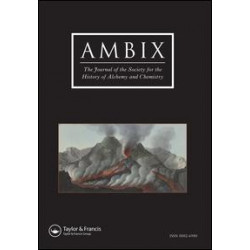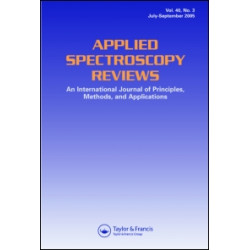
Psychoanalytic infant observation, developed at The Tavistock Clinic in 1948, has become an essential feature of pre-clinical training in child and adult psychotherapy, psychoanalysis and related fields throughout the world.
Infant Observation publishes the best of the varied and original writing emerging from this field. It comprises case studies on infant and young child observation, research papers, and articles focusing on wider applications of the psychoanalytic observational method, including its relevance to reflective professional practice in fields such as social work, teaching and nursing. The journal also welcomes lively correspondence.
The Tavistock Clinic and our publisher Taylor & Francis make every effort to ensure the accuracy of all the information (the “Content”) contained in our publications. However, the Tavistock Clinic and our publisher Taylor & Francis, our agents, and our licensors make no representations or warranties whatsoever as to the accuracy, completeness, or suitability for any purpose of the Content. Any opinions and views expressed in this publication are the opinions and views of the authors, and are not the views of or endorsed by the Tavistock Clinic and our publisher Taylor & Francis. The accuracy of the Content should not be relied upon and should be independently verified with primary sources of information. The Tavistock Clinic and our publisher Taylor & Francis shall not be liable for any losses, actions, claims, proceedings, demands, costs, expenses, damages, and other liabilities whatsoever or howsoever caused arising directly or indirectly in connection with, in relation to or arising out of the use of the Content. Terms & Conditions of access and use can be found at http://www.tandfonline.com/page/terms-and-conditions

















